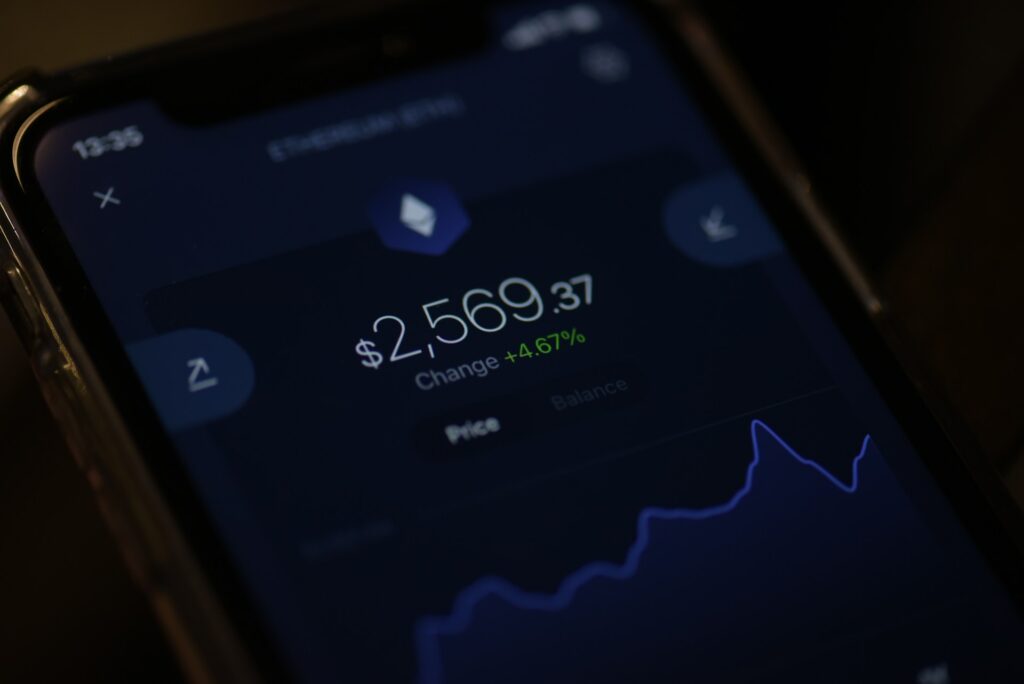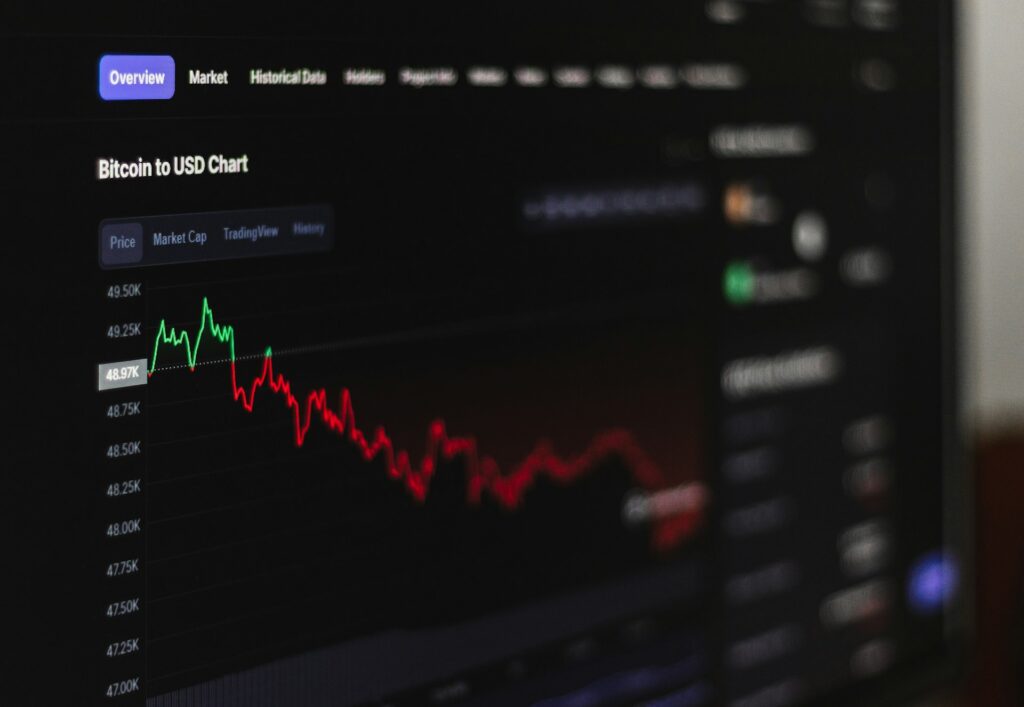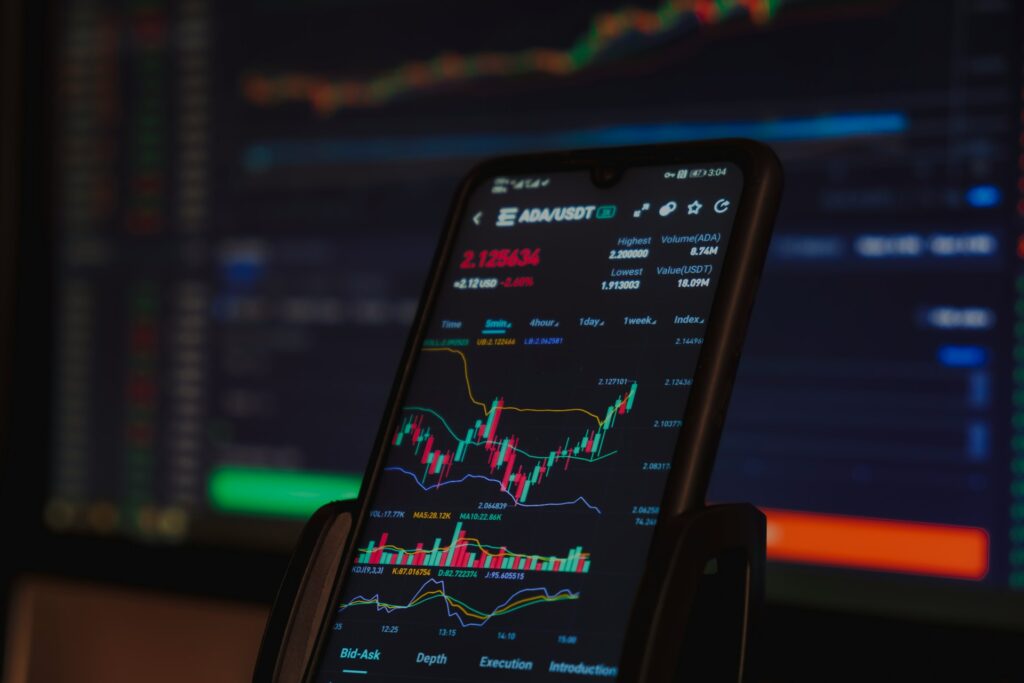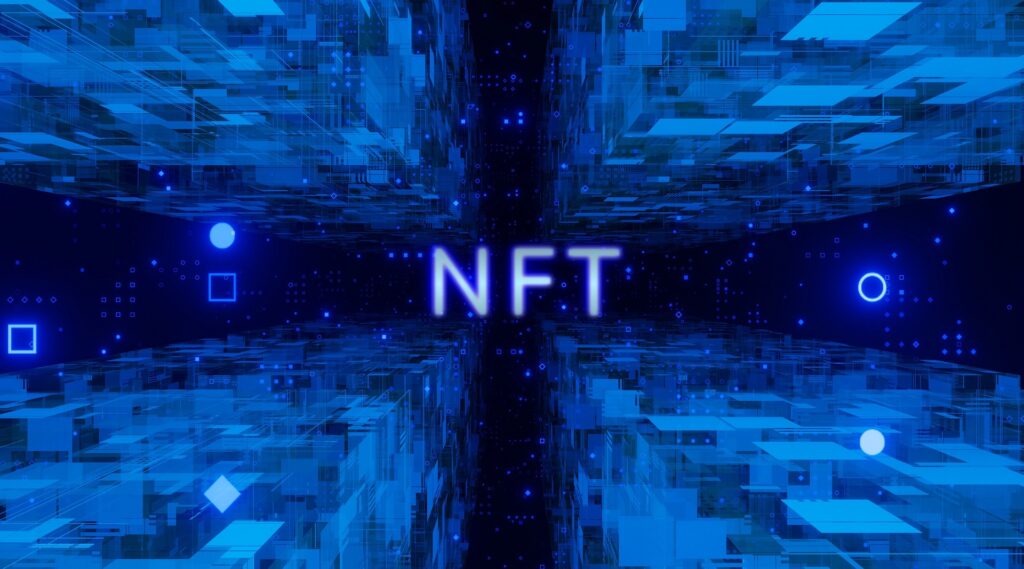A few years back, I joined a small crypto farming group online. We were all experimenting with different consensus methods. One night, a fellow member sent a screenshot showing he had “won” a block reward seconds before me. My first thought was that his setup must be faster. But as we dug deeper, we realized something else. The network’s timing mechanism played a big role.
That was my introduction to Proof of Time. It’s not as famous as Proof of Work or Proof of Stake, but it’s quietly becoming an important piece of blockchain technology. In simple words, Proof of Time is like the referee’s clock in a football game. Without it, players (or nodes, in blockchain terms) could try to bend the rules by claiming they did something before they actually did.
If you’ve ever argued over who shouted “dibs” first, you’ll understand why blockchains need a fair and trusted clock.
What is Proof of Time?
Proof of Time is a consensus concept where the network ensures that a certain amount of time has passed between events before a block is validated. It works hand in hand with other mechanisms like Proof of Space to maintain fairness and security.
The idea is simple:
- Every participant must wait a predetermined amount of time before they can propose the next block.
- The “waiting” is verified by cryptographic proofs that can’t be faked.
This timing is often enforced by a Verifiable Delay Function (VDF). A VDF is like a puzzle that takes a known amount of time to solve, no matter how much computing power you throw at it. This makes it impossible to cheat by doing things faster.
Why blockchains need Proof of Time?
In many consensus systems, especially ones like Proof of Space, there’s a risk that participants could instantly reallocate resources to try and win rewards unfairly. Proof of Time acts as a guardrail.
Here are the main benefits:
- Prevents manipulation on blockchain – Ensures blocks are created in the correct order
- Levels the playing field – Hardware speed doesn’t give an unfair advantage
- Improves fairness in farming/mining – Especially useful for storage-based systems like Chia
- Reduces double-spend risks – Helps keep the transaction history secure
One Quora user described it well: “Proof of Time is like the network telling everyone to stand in line. You can’t just cut ahead, no matter how powerful your computer is.”
How it works with Proof of Space?
Proof of Time rarely works alone. It’s often paired with Proof of Space in blockchains like Chia.
Here’s a simplified example:
- Farmers store “plots” of data (Proof of Space).
- The network issues a challenge to see who has the best matching plot.
- The winner must then complete a Proof of Time step using the VDF.
- Only after the VDF finishes can the block be added to the chain.
This ensures that:
- Even if someone finds a winning plot instantly, they still need to respect the time delay.
- The network remains orderly and secure.
Proof of Time vs other consensus methods
| Feature | Proof of Time | Proof of Work | Proof of Stake |
|---|---|---|---|
| Primary resource | Time delay via VDF | Computational power | Coins locked as stake |
| Energy consumption | Very low | Very high | Low |
| Security focus | Order and fairness | Preventing Sybil attacks | Ownership-based trust |
| Used with | Proof of Space | Standalone | Standalone or hybrid |
Real-world example: Chia Network’s Time Lords
In the Chia blockchain, special nodes called Time Lords are responsible for executing the Proof of Time. They run the VDF to ensure the correct time delay between blocks.
When I first set up a small Chia farm, I noticed that even if my plots matched a challenge quickly, I still had to wait for the Time Lord to finish its job. It was frustrating at first, but it made sense. Without that wait, faster hardware owners could dominate the network, and fairness would go out the window!
Is Proof of Time the future?
Proof of Time is not a flashy consensus method you’ll hear about in the news, but it’s vital in hybrid blockchain systems. As networks look for greener and more equitable solutions, the combination of Proof of Space + Proof of Time is gaining attention.
Potential future developments include:
- More efficient VDF algorithms to reduce latency
- Use in gaming or metaverse platforms to ensure fair event timing
- Integration with IoT devices where precise time tracking is essential
The heartbeat of fair crypto networks
Without a fair clock, blockchain systems could easily fall into chaos. Proof of Time gives that structure, ensuring that every block arrives in a predictable, tamper-proof order.
What’s really exciting is that researchers are exploring how Proof of Time could be used beyond crypto. Imagine supply chains where product movements are cryptographically time-stamped, or online voting systems where every vote has a secure and verified timestamp.
In many ways, Proof of Time is like the heartbeat of a blockchain. You might not notice it unless it stops, but without it, the whole system loses its rhythm. And in a world where trust is everything, that steady, verifiable heartbeat makes all the difference.
With over five years of experience in the tech industry, Kazim excels at simplifying complex topics, making them accessible to tech enthusiasts and general readers alike.
He has contributed to several renowned publications worldwide, including WindowsReport and Allthings.how, bringing insightful coverage of key developments in the field.
When he’s not writing, you’ll find Kazim planning weekend getaways or diving into tech verticals beyond his expertise.




